King Cheetah
- February 14, 2024
- 0 comment
The King Cheetah, a majestic and rare subspecies of the cheetah, stands as a captivating symbol of nature’s diversity. What sets the King Cheetah apart is its striking coat pattern, adorned with larger, blotchy spots and stripes that distinguish it from its common counterpart. Found primarily in the savannahs and grasslands of southern and eastern Africa, sightings of these elusive creatures in the wild are exceedingly rare. Known for their agility and speed, King Cheetahs are solitary hunters, preying on small to medium-sized ungulates such as gazelles and impalas.
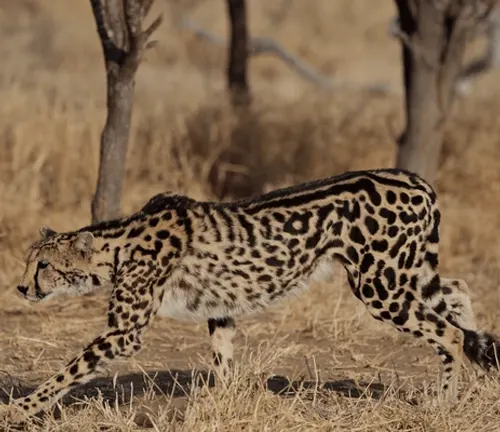
Despite their solitary nature, they may occasionally form small groups or coalitions. Threatened by habitat loss, poaching, and human-wildlife conflict, King Cheetahs are classified as vulnerable, highlighting the urgent need for conservation efforts to protect these magnificent creatures and ensure their survival for generations to come.
| Aspect | Description |
|---|---|
| Scientific Name | Acinonyx rex |
| Coat Pattern | Larger, blotchy spots and stripes |
| Habitat | Savannahs and grasslands of southern and eastern Africa |
| Geographic Range | Zimbabwe, Botswana, South Africa, with rare sightings |
| Size | Weight: 100 to 140 pounds; Height: Approximately 30 inches at the shoulder |
| Behavior | Solitary hunters, relying on speed and agility for prey |
| Prey | Small to medium-sized ungulates such as gazelles and impalas |
| Social Structure | Mostly solitary, occasional formation of small groups or coalitions |
| Conservation Status | Classified as vulnerable due to habitat loss, poaching, and human-wildlife conflict |
| Threats | Habitat loss, poaching, human-wildlife conflict |
| Conservation Efforts | Various conservation programs and efforts to protect natural habitats and combat illegal wildlife trade |
| Unique Feature | Distinctive coat pattern, resulting from a rare genetic mutation |
King Cheetah: Exploring the Majesty of Nature’s Anomaly
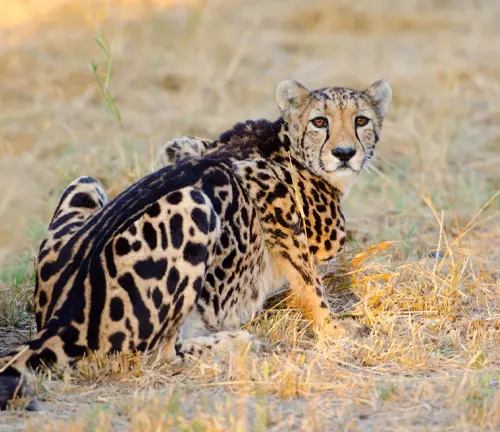
The King Cheetah stands as a remarkable symbol of nature’s diversity and evolutionary wonders. With its striking appearance and elusive nature, this unique feline has captured the fascination of wildlife enthusiasts and researchers alike.
The King Cheetah, also known as Acinonyx rex, is a rare and majestic subspecies of the cheetah (Acinonyx jubatus). Unlike its common counterpart, the King Cheetah boasts a distinctive coat pattern, characterized by larger, blotchy spots and stripes along its back.
Physical Appearance
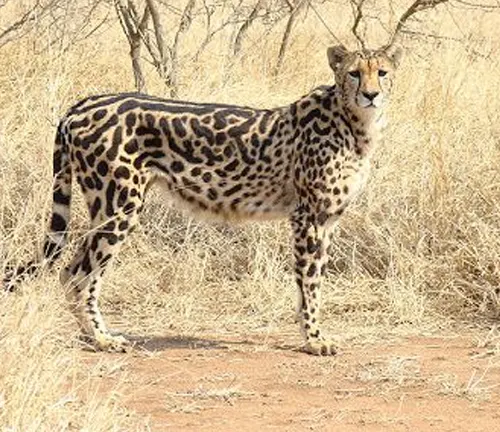
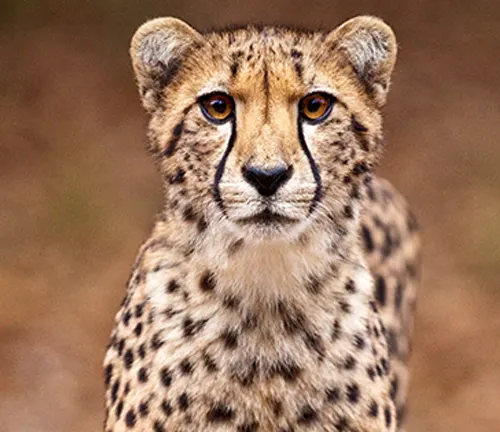
The physical appearance of the King Cheetah is characterized by several distinctive features that set it apart from its common counterpart. One of the most notable differences lies in its coat pattern. Unlike the regular cheetah’s solid spots, the King Cheetah’s coat showcases larger, blotchy spots and stripes along its back and sides. These markings give the King Cheetah a striking and unique appearance, often likened to a regal or majestic demeanor, hence its name. In addition to its coat pattern, the King Cheetah shares similar physical attributes with regular cheetahs, including a slender and agile body built for speed and agility.
Adult King Cheetahs typically weigh between 100 to 140 pounds and stand around 30 inches at the shoulder. Their long, sleek limbs, deep chest, and distinctive tear-shaped black markings under their eyes further contribute to their iconic appearance. Overall, the King Cheetah’s physical appearance is a testament to the marvels of natural variation and evolution, captivating the imagination of wildlife enthusiasts and researchers alike.asssssss
Habitat and Distribution

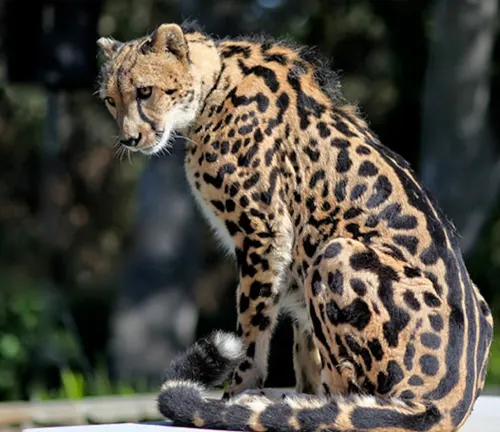
The habitat and distribution of the King Cheetah are closely tied to the regions where it can be found in the wild. These magnificent felines primarily inhabit the savannahs and grasslands of southern and eastern Africa. Within these vast ecosystems, King Cheetahs seek out areas with ample prey availability and suitable cover for hunting and resting. Their natural habitat includes a mix of open grasslands, scrublands, and sparse woodlands, providing them with the space and resources they need to thrive.
Geographically, the range of the King Cheetah extends across countries such as Zimbabwe, Botswana, and South Africa. However, sightings of King Cheetahs in the wild are exceedingly rare due to their low population numbers and elusive nature. Despite their historical presence across these regions, habitat loss, human encroachment, and other anthropogenic activities have significantly reduced their available habitat and fragmented their populations.
Behavior and Lifestyle
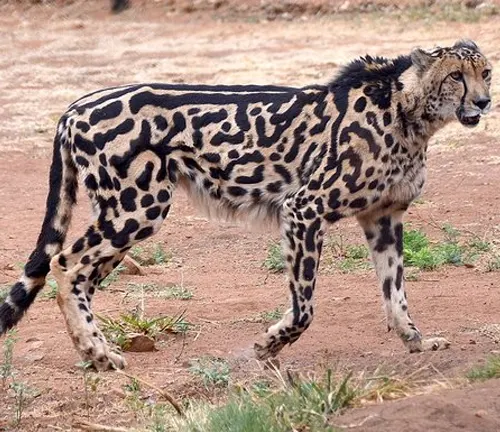

The behavior and lifestyle of the King Cheetah are fascinating aspects of its biology, reflecting its adaptation to life in the African savannahs. Like their common cheetah counterparts, King Cheetahs are solitary hunters, relying on their remarkable speed and agility to pursue prey. They typically target small to medium-sized ungulates such as gazelles, impalas, and small antelopes.
In terms of hunting techniques, King Cheetahs employ a combination of stealth, camouflage, and bursts of incredible speed to ambush their prey. They often use tall grass or scrubland vegetation to conceal themselves before launching into a lightning-fast chase. Once within striking distance, King Cheetahs can reach speeds of up to 60-70 miles per hour, making them one of the fastest land animals on Earth.
Despite their solitary hunting behavior, King Cheetahs may occasionally form small groups or coalitions, especially during mating season or when defending territories. These coalitions typically consist of related individuals, such as siblings or mothers with their cubs, and serve to enhance their hunting success and protect their territories from rival predators.
Conservation Status
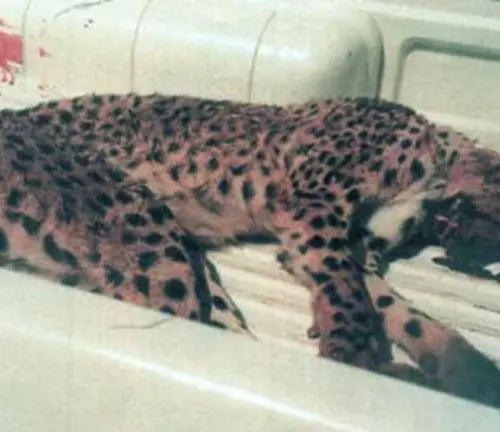

The conservation status of the King Cheetah is a matter of concern due to various threats facing its populations in the wild. Classified as a subspecies of the common cheetah (Acinonyx jubatus), the King Cheetah shares many of the same conservation challenges as its counterparts. However, its rarity and unique genetic variation make it particularly vulnerable to extinction.
King Cheetahs are currently classified as “vulnerable” by the International Union for Conservation of Nature (IUCN). This designation reflects the species’ declining population trend and the significant threats it faces across its range. The primary threats to King Cheetahs include habitat loss, human-wildlife conflict, poaching, and loss of prey species.
Habitat loss and fragmentation, resulting from agricultural expansion, urbanization, and infrastructure development, have encroached upon the natural habitats of King Cheetahs, reducing their available range and access to prey. Additionally, human-wildlife conflict, particularly in areas where livestock ranching is prevalent, has led to retaliatory killings of cheetahs, including King Cheetahs, by farmers protecting their livestock.
Poaching, driven by demand for cheetah skins and body parts in illegal wildlife trade, further threatens King Cheetah populations. Despite legal protections in many countries, enforcement of wildlife protection laws remains challenging, allowing poaching to persist.
Different Species
Acinonyx rex
(King Cheetah)
The King Cheetah with its distinctive coat pattern characterized by larger, blotchy spots and stripes, attributed to a rare genetic mutation.

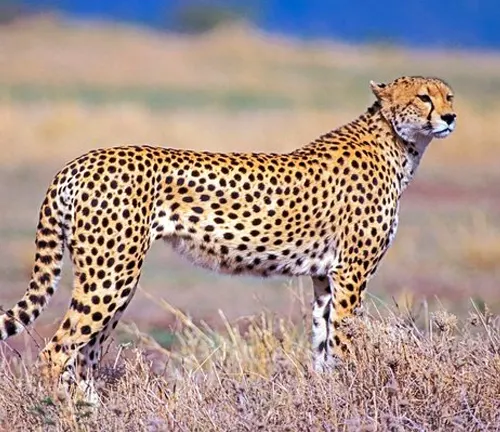
Acinonyx jubatus
(Regular Cheetah)
The common cheetah, known for its slender build, spotted coat pattern, and remarkable speed, is the most widely recognized species within the genus Acinonyx.
Frequently Asked Questions (FAQs)
- How rare are King Cheetahs in the wild?
King Cheetahs are exceptionally rare in the wild, with sightings being infrequent due to their low population numbers and elusive nature. - What causes the unique coat pattern of King Cheetahs?
The distinctive coat pattern of King Cheetahs is attributed to a recessive genetic mutation that affects the expression of their fur pigmentation. - Do King Cheetahs have any predators in the wild?
While adult King Cheetahs are apex predators and have few natural enemies, their cubs may be vulnerable to predation by larger carnivores such as lions and hyenas. - How do researchers identify and track King Cheetahs in the wild?
Researchers often use techniques such as camera traps, radio collars, and genetic analysis to study and monitor King Cheetah populations in their natural habitats. - Are there any ongoing conservation efforts specifically targeted at King Cheetahs?
Yes, several conservation organizations and wildlife reserves implement programs aimed at protecting King Cheetahs and their habitats, including habitat restoration, anti-poaching patrols, and community education initiatives. - What role do King Cheetahs play in their ecosystems?
King Cheetahs play a vital role in maintaining the ecological balance of their habitats by controlling prey populations and serving as indicators of ecosystem health. - Can King Cheetahs interbreed with regular cheetahs?
Yes, King Cheetahs can interbreed with regular cheetahs, as they belong to the same species, Acinonyx jubatus. However, the likelihood of producing King Cheetah offspring depends on the genetic makeup of the parent cheetahs. - Are there any cultural beliefs or superstitions associated with King Cheetahs?
In some African cultures, King Cheetahs are regarded as symbols of power, speed, and agility, and feature prominently in folklore and traditional ceremonies. - Do King Cheetahs exhibit any unique behaviors compared to regular cheetahs?
While King Cheetahs share many behaviors with regular cheetahs, such as hunting techniques and social interactions, further research is needed to determine if they display any distinct behavioral traits. - How do zoos and wildlife parks contribute to King Cheetah conservation?
Zoos and wildlife parks play a crucial role in King Cheetah conservation efforts by participating in captive breeding programs, conducting research, and raising public awareness about the species’ plight in the wild.



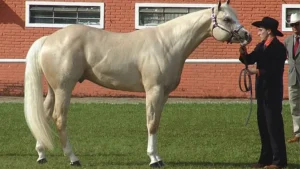
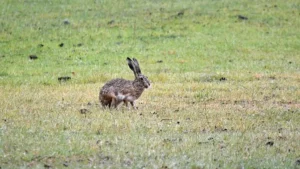
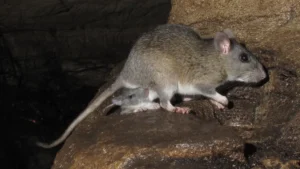
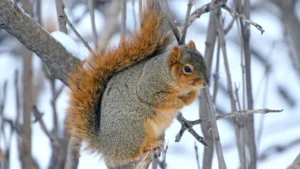
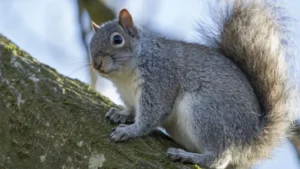
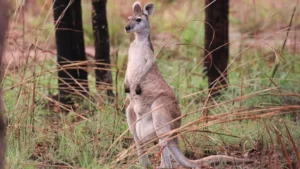


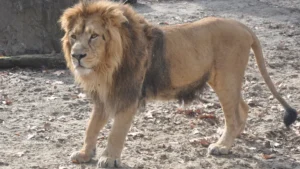


Leave your comment